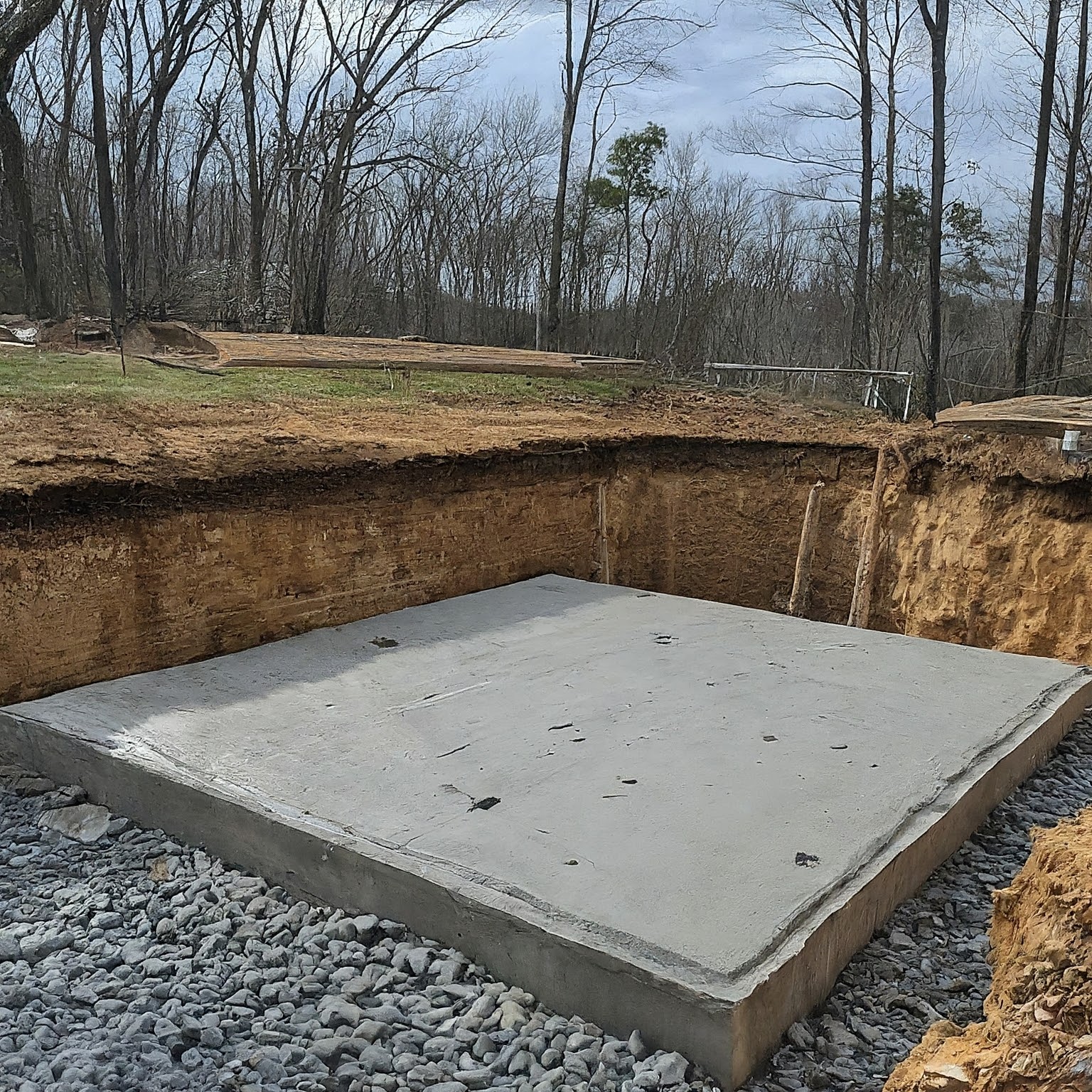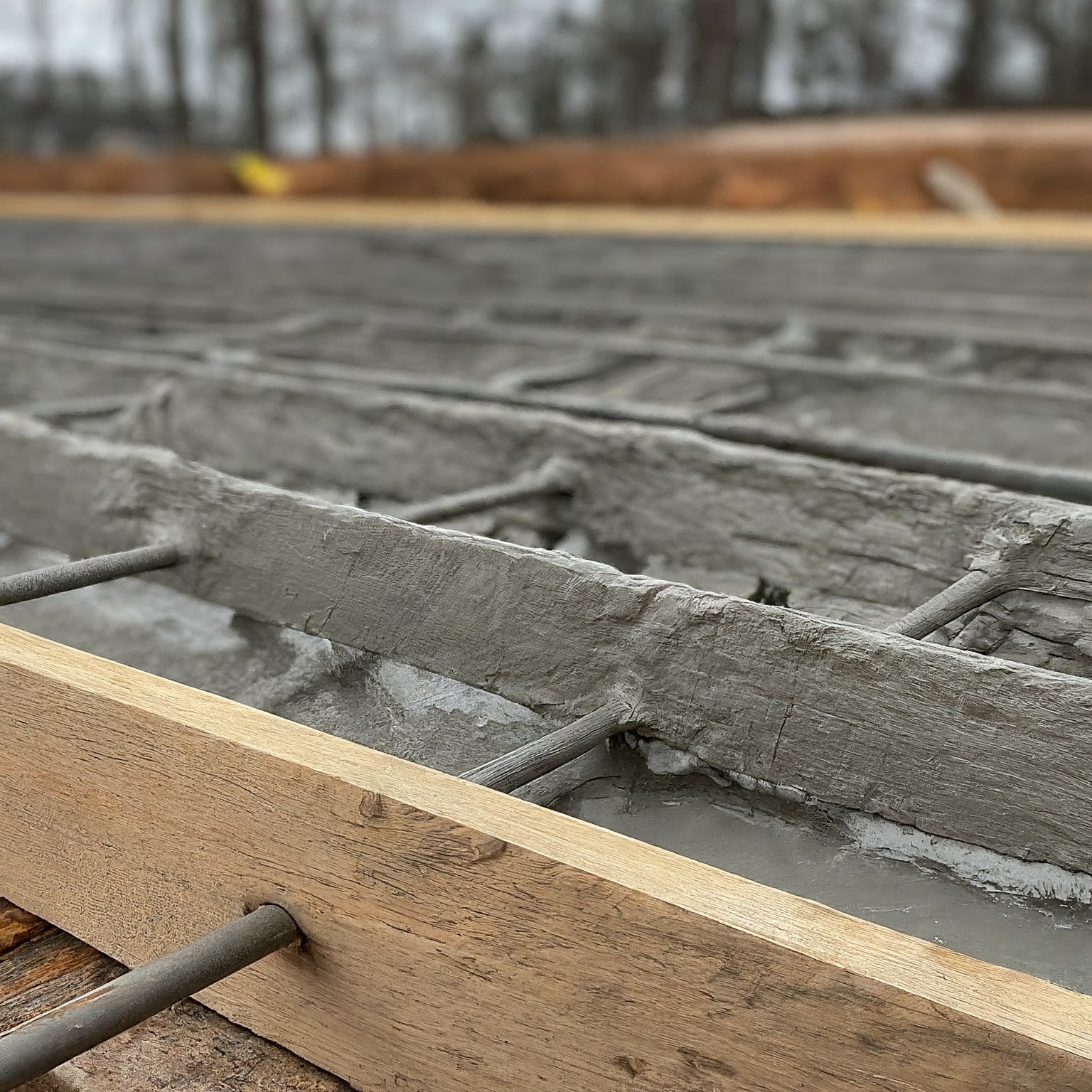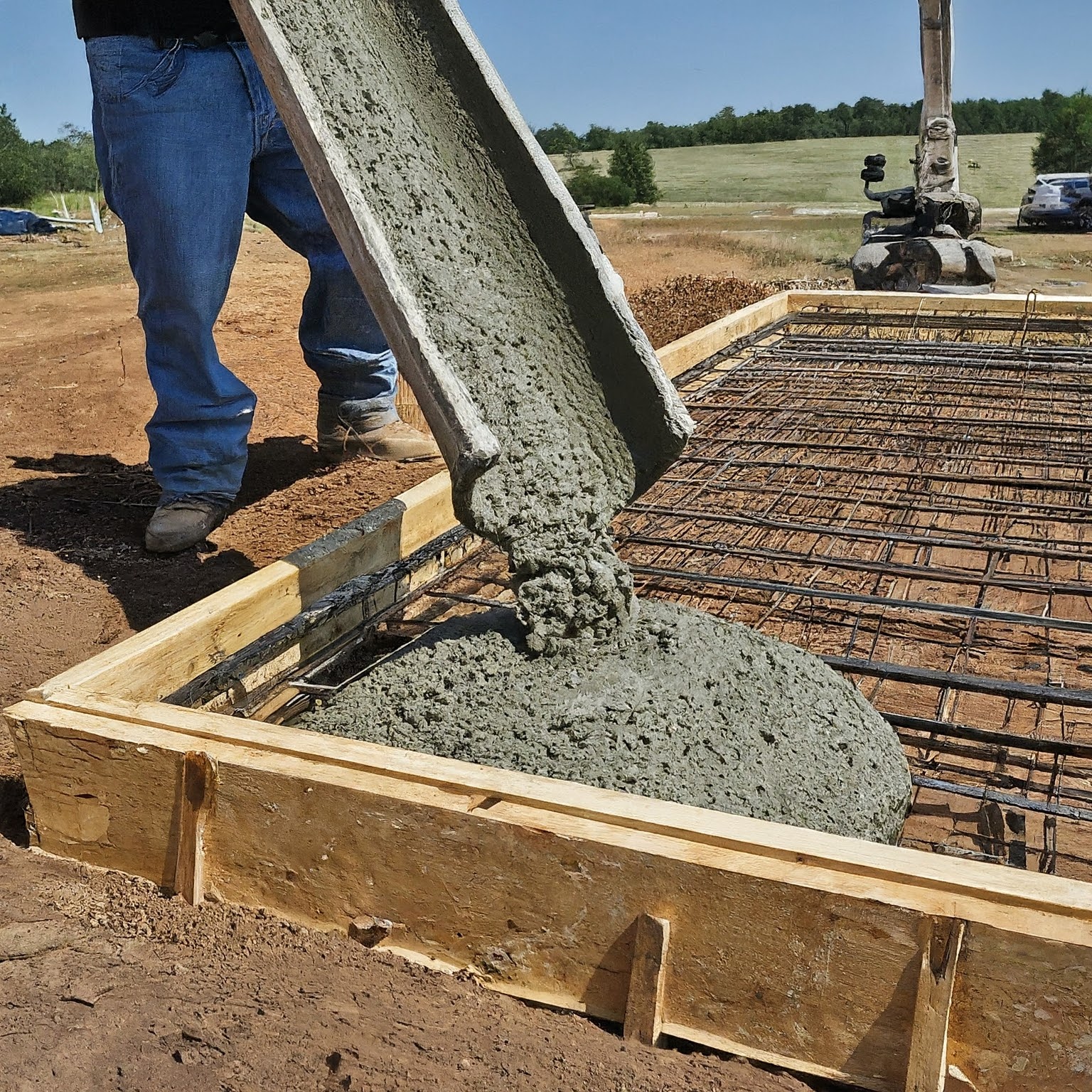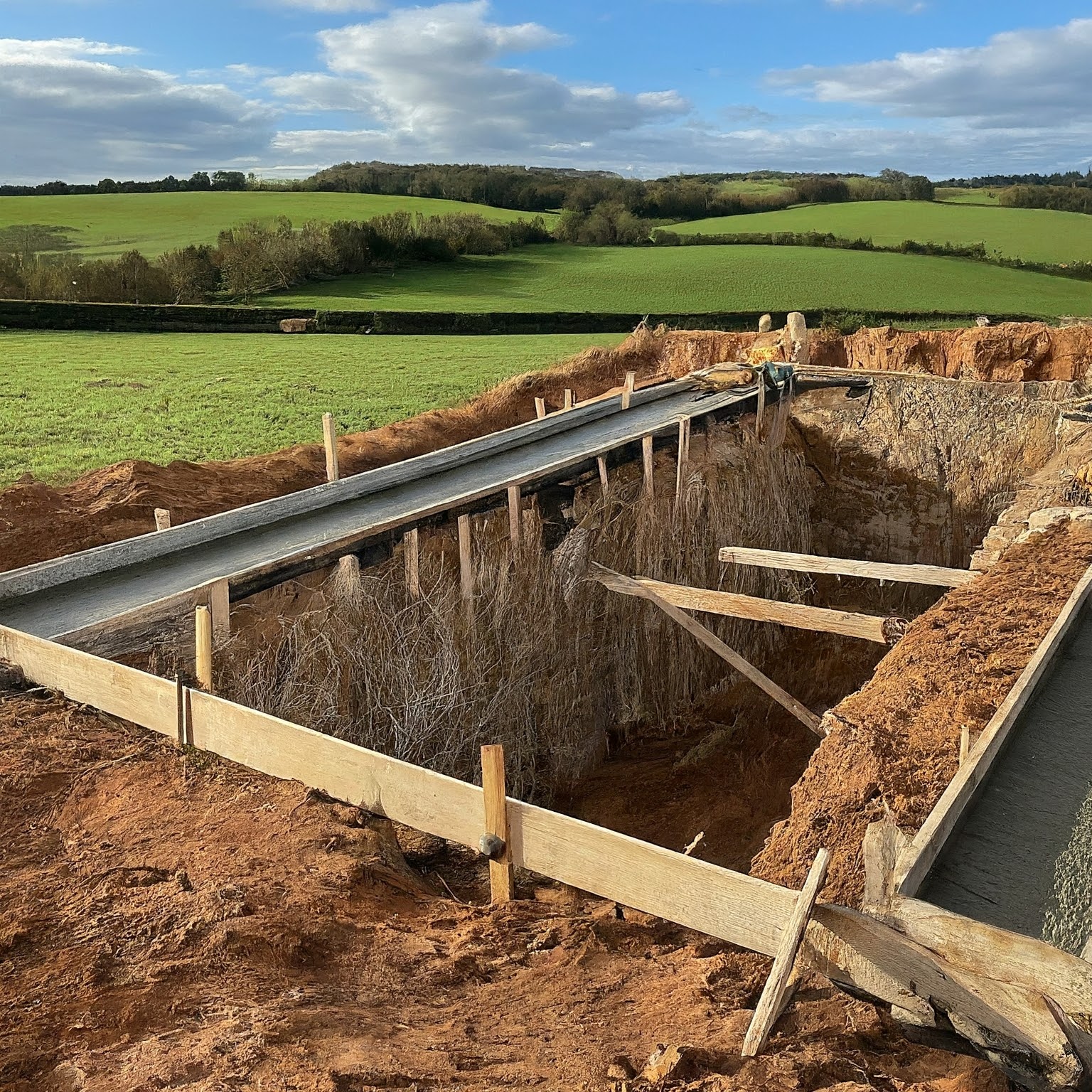Qbond-Foundie
Qbond-foundie is the foundation concrete plays a vital role in supporting and stabilizing structures. The choice of concrete type and foundation design depends on various factors including soil conditions, load requirements, and environmental considerations.
1.Soil conditions: The bearing capacity of the soil determines the foundation type and concrete strength.
2.Building load: The weight of the structure influences the concrete's strength requirements.
3.Climate: Factors like frost depth and moisture levels affect the foundation design and concrete composition.
Qbond readymix concrete
Where to use
Usage: Common in residential and light commercial buildings. These are wide pads that distribute the load over a larger area of soil.
Properties: Simple design, typically consisting of a reinforced concrete base and a foundation wall.
Usage: Used for walls that are continuous. They run along the length of the wall, providing support over a longer distance.
Properties: Efficient for load distribution along long walls or load-bearing structures.
Usage: Suitable for buildings with heavy loads or when the soil has poor load-bearing capacity. The raft foundation covers the entire footprint of the building.
Properties: Spreads the load across a large area, reducing settlement issues.
Usage: Used when surface soils are not capable of supporting the load of the building. Piles are driven deep into the ground to reach stronger soil or bedrock.
Properties: Transfers the load to deeper, more stable soil layers.
Usage: Typically used for supporting columns or heavy loads. The pads are isolated blocks of concrete placed under individual load-bearing points.
Properties: Concentrates the load on specific points, often used in combination with other types of foundations.
How it looks




